Advertisement
Artificial intelligence is revolutionizing software development, and 2025 marks a turning point where speed, efficiency, and innovation must align. As demand for AI-driven solutions skyrockets, businesses and developers alike are seeking ways to build more intelligent software—faster.
AI software development isn't just about writing code; it's about utilizing automation, machine learning, and smart systems to streamline workflows, reduce errors, and scale with precision. In today's competitive landscape, accelerating AI software development is not optional—it's essential. In this article, we explore what AI software development is, its key use cases, the seven best ways to accelerate it in 2025, current challenges, and the future of AI-driven development.
AI software development involves designing, building, training, testing, and deploying applications that integrate artificial intelligence and machine learning capabilities. Unlike traditional software, AI-based systems continually learn and adapt over time based on the data they receive. This makes the development cycle more iterative, data-intensive, and reliant on continuous testing and model optimization.
AI software development spans tasks such as building neural networks, integrating computer vision systems, processing natural language, and automating decision-making within software applications.
Diagnosing diseases, predicting treatment outcomes, and automating administrative tasks. AI models trained on vast medical datasets help doctors detect diseases early through medical imaging, genetic analysis, and symptom assessment. Predictive analytics help personalize treatment plans by forecasting patient responses.

Fraud detection, algorithmic trading, credit scoring. AI systems monitor transactions in real time to identify unusual patterns, flagging potential fraud with high accuracy. In investment banking and trading, AI-driven algorithms analyze market trends and execute trades more efficiently than human traders, thereby improving portfolio performance.
Personalized product recommendations, dynamic pricing, and customer service chatbots. By analyzing browsing behavior, purchase history, and customer preferences, AI tailor’s product recommendations to each shopper, boosting engagement and sales.
Dynamic pricing engines use real-time demand, competition, and inventory data to adjust prices automatically. AI-powered chatbots provide 24/7 customer service, handling inquiries, returns, and order tracking with human-like efficiency.
Predictive maintenance, supply chain optimization, and quality control. Sensors and AI models collaborate to predict equipment failures before they occur, thereby reducing downtime and maintenance costs.
AI also enhances supply chain operations by forecasting demand, managing inventory, and optimizing logistics routes. In quality control, AI uses computer vision and machine learning to inspect products, detecting defects with greater speed and accuracy than manual methods.
Threat detection, anomaly detection, and automated incident response. AI continuously scans network traffic and user behavior to identify signs of potential cyber threats or unauthorized access.
Machine learning models can detect anomalies and zero-day attacks more quickly than traditional rule-based systems. When a threat is identified, AI can trigger automated responses such as isolating systems, alerting security teams, or initiating recovery protocols to contain damage and reduce response time.

Here are 7 Best Ways to Accelerate AI Software Development in 2025:
Tailored for AI Traditional development models are too slow for AI innovation. In 2025, teams are combining Agile and DevOps to accelerate deployment speed, enhance testing cycles, and promote continuous learning. For AI-specific workflows, this means adapting Agile sprints for model training iterations and using DevOps pipelines to automate retraining, testing, and deployment of AI models.
Rather than building models from scratch, developers are now accelerating projects by leveraging pre-trained models, such as GPT, BERT, or YOLO. Transfer learning enables teams to fine-tune existing models on smaller datasets, significantly reducing training time and computational costs while maintaining high accuracy.
Low-code and no-code development tools empower non-developers to build and deploy AI solutions with minimal coding. Platforms like Microsoft Power Platform, Google AutoML, and AWS SageMaker Canvas help reduce bottlenecks, speed up prototyping, and democratize AI across organizations.
Poor data quality slows down AI development. In 2025, companies will be using automated data labeling tools, synthetic data generators, and innovative data pipelines to ensure clean, well-labeled, and structured data. Efficient data preparation not only accelerates training but also improves model accuracy.
Modern Integrated Development Environments (IDEs) designed for AI workflows—such as Visual Studio Code with AI plugins or JupyterLab extensions—are transforming the coding process. These tools provide real-time code suggestions, model visualization, and seamless integration with cloud platforms, accelerating development and debugging.
Manual testing of AI models is inefficient and prone to errors. By using automated validation tools, developers can continuously test for accuracy, fairness, bias, and robustness. Frameworks like MLflow, TensorBoard, and AI allow automated monitoring and real-time feedback during development.
On-premises hardware often limits the pace of AI software development. Scalable cloud infrastructure from providers like Google Cloud, Azure, and AWS gives teams access to powerful GPUs, automated model pipelines, and high-speed training environments. This scalability shortens iteration cycles and supports collaborative, cross-functional teams.
Despite its promise, AI software development faces several hurdles:
Overcoming these challenges is crucial to accelerating development cycles and ensuring the trustworthiness of AI.
Looking ahead, AI software development is expected to become more accessible, transparent, and automated. Trends to watch include:
These advancements will shape a more inclusive and responsible landscape for AI development.
Conclusion
Accelerating AI software development in 2025 requires more than just faster code—it demands more innovative strategies, better tools, and an adaptive mindset. By embracing Agile DevOps, reusing models, automating testing, and leveraging robust cloud infrastructure, teams can build and deploy AI systems at scale. As the need for intelligent, responsive, and secure software intensifies, these seven methods will position businesses to lead in an AI-first world.
Start applying these practices today to stay competitive in the future of AI software development.
Advertisement

Celonis faces rising competition by evolving process mining with real-time insights, integration, and user-friendly automation

Explore how AI agents are transforming the digital workforce in 2025. Discover roles, benefits, challenges, and future trends
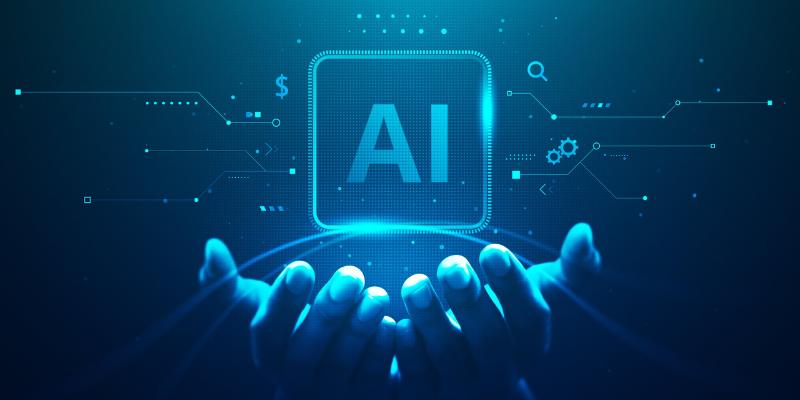
Find why authors are demanding fair pay from AI vendors who are using their work without proper consent or compensation.

Master GPT-4.1 prompting with this detailed guide. Learn techniques, tips, and FAQs to improve your AI prompts
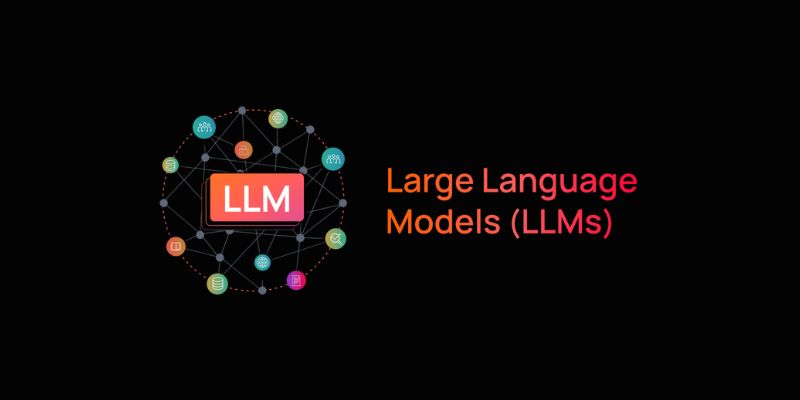
AI groups tune large language models with testing, alignment, and ethical reviews to ensure safe, accurate, and global deployment

Apple’s AI-powered RoomPlan uses LiDAR and AI to create accurate 3D room models that integrate seamlessly with top design apps

How Netflix Case Study (EDA) reveals the data-driven strategies behind its streaming success, showing how viewer behavior and preferences shape content and user experience
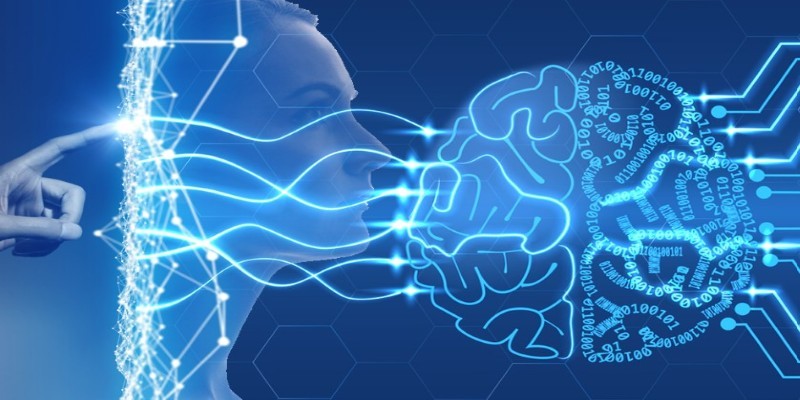
How depth2img pre-trained models improve image-to-image generation by using depth maps to preserve structure and realism in visual transformations

Discover how Cerebras’ AI supercomputer outperforms rivals with wafer-scale design, low power use, and easy model deployment

How Google Bard’s latest advancements significantly improve its logic and reasoning abilities, making it smarter and more effective in handling complex conversations and tasks
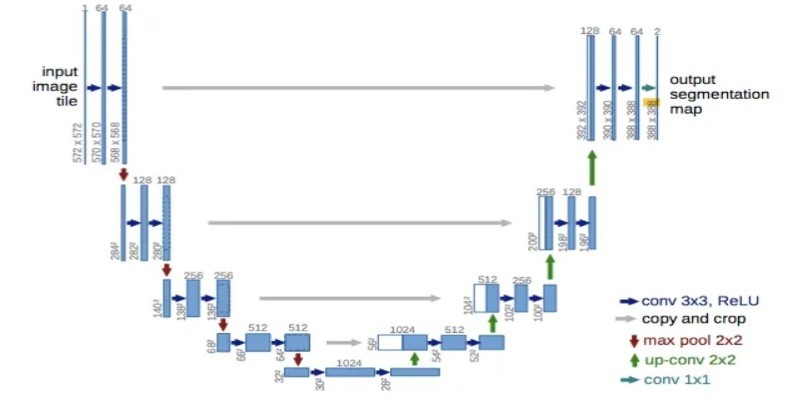
How UNet simplifies complex tasks in image processing. This guide explains UNet architecture and its role in accurate image segmentation using real-world examples
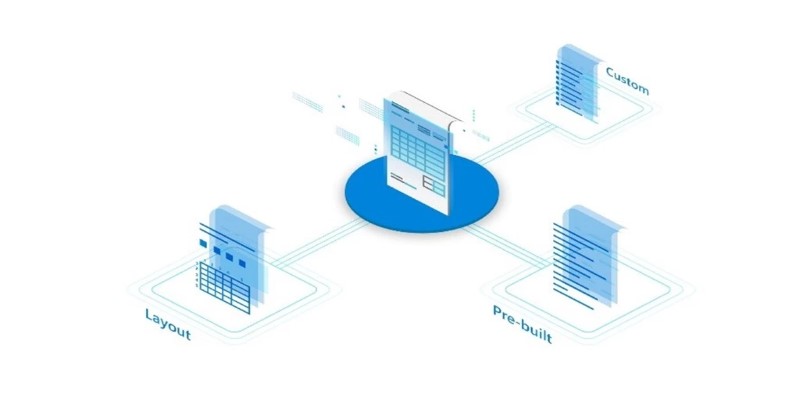
Want to save time processing forms? Discover how Azure Form Recognizer extracts structured data from documents with speed, accuracy, and minimal setup